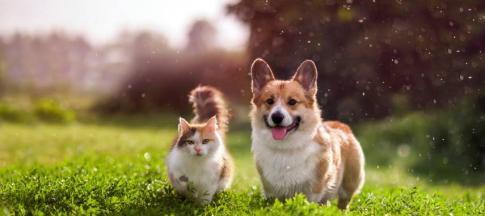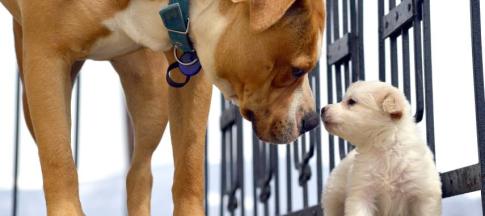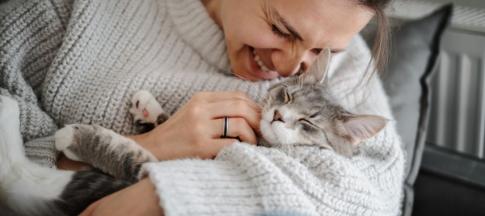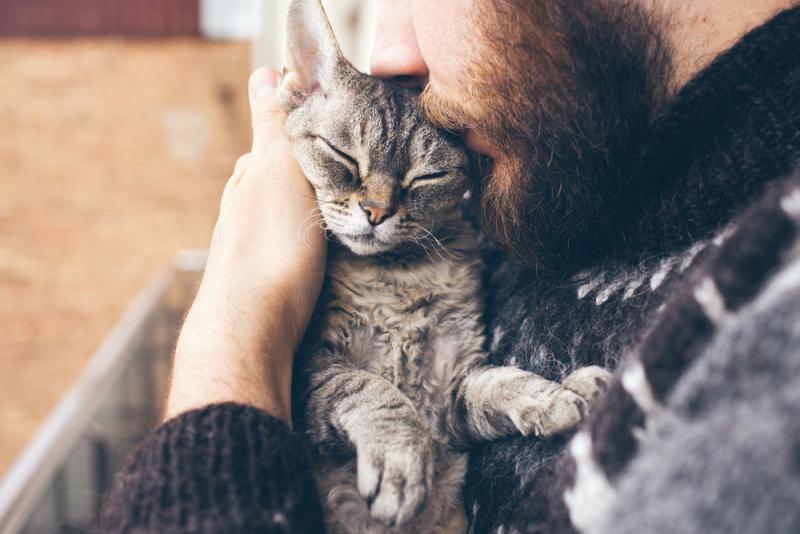
Some breeds are more likely to suffer from certain health issues than others, so we’ve put together this guide to help you understand the kinds of cat ailments you might need to deal with.
1. Bengal
The Bengal is a fairly new breed that first came about when an Asian Leopard Cat was crossed with a domestic cat. The hope was to create a breed that would be a great family pet, but with the exotic looks of a wild cat.
As you might expect, it usually has a distinctive marbled or spotted coat that’s short but thick and luxurious.
The Bengal cat is friendly, playful and intelligent. They’re very vocal and easily bored, so they need plenty of distractions and toys to keep them occupied.
Bengals can suffer from:
- Otitis externa - this is when their ear canal becomes inflamed
- Hypertrophic cardiomyopathy (HCM) - a type of heart disease
- Digestive disorders
- Eye problems - like glaucoma, cataracts and entropion
- Kidney disease
- Cystitis - inflammation of the bladder, often caused by an infection
2. Ragdoll
The Ragdoll cat is beautiful, with blue eyes and a silky, long grey coat, often with markings on the face, ears and legs. Because of the length of their fur, they need weekly grooming to detangle it.
They tend to be placid and friendly, making them great family pets. They aren’t usually very active, but they’ll follow you around the house to be near you.
Ragdolls can be prone to suffering from:
- Hyperthyroidism - symptoms include weight loss and increased appetite
- Hypertrophic cardiomyopathy (HCM) - a type of heart disease
- Polycystic kidney disease (PKD) - this is when cysts grow in the kidneys and stop them from working normally
When looking for a kitten, it’s a good idea to check the medical history of its parents and grandparents for any health problems that are likely to be passed on.
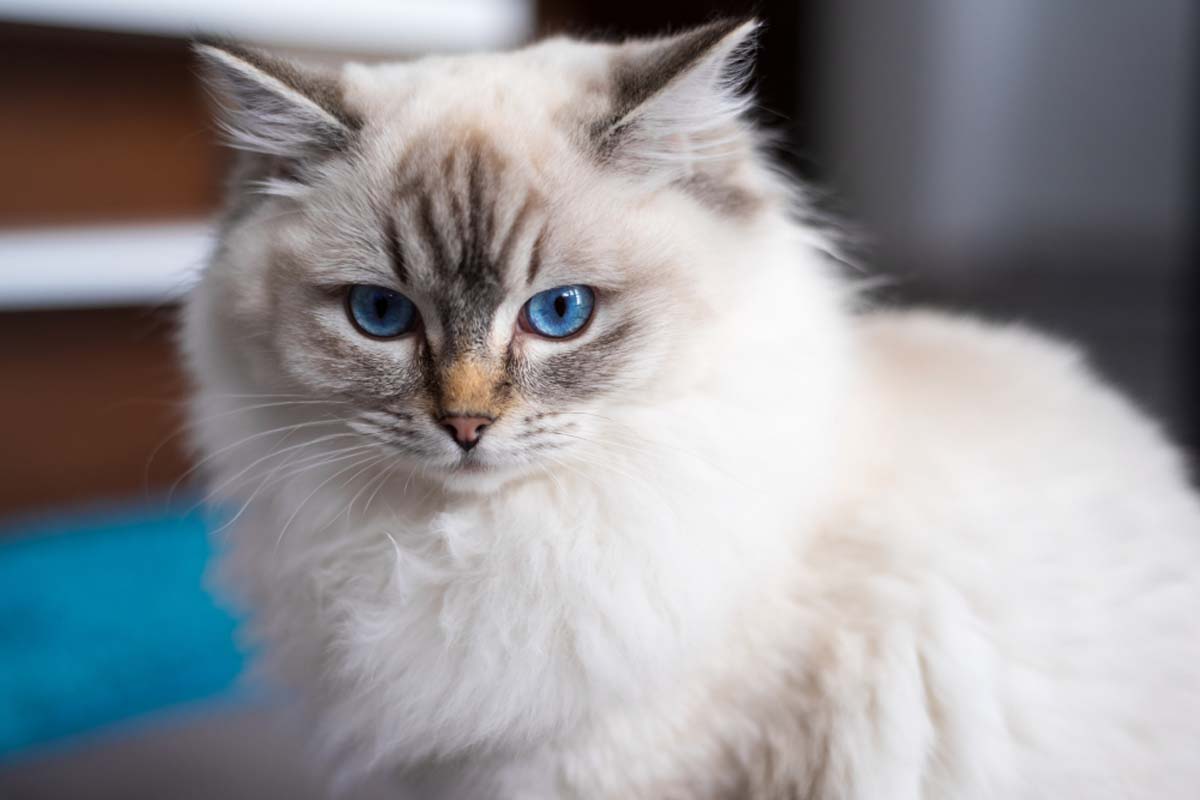
3. British Shorthair
The British Shorthair is a fairly large breed of cat with rounded features. It has a short coat that comes in a huge variety of colours and patterns.
It’s a pretty low maintenance cat as it needs grooming less than once a week and isn’t very active. This breed doesn’t demand a lot of attention and is generally quiet too.
They have very loving and affectionate personalities, and they’re good with both people and other animals.
The British Shorthair generally has good health and there are few conditions it’s prone to.
They may be more likely to develop:
- Polycystic kidney disease - this is likely because they’ve been bred with Persian cats in the past, and this is a condition Persians often suffer from
- Hypertrophic cardiomyopathy - this is a type of heart disease
4. Birman
The Birman is a semi-longhaired breed of cat with a pale body, white feet and darker face, legs, ears and tail. It also has striking blue eyes.
Twice-weekly grooming is enough unless your cat is shedding, in which case it’ll need to be upped to daily.
They love people and will follow you around the house. Your Birman will curl up on your lap if it gets the chance, but other than that they’re more likely to be on the floor rather than jumping up or climbing on anything.
They’re happy to play with toys although they’re not particularly active otherwise.
The only specific Birman cat health concern is kidney disease. The blood tests of young Birman cats have shown impaired kidney function and some then go on to develop kidney failure.
5. Persian
Persian cats are a calm and gentle medium-sized breed of cat.
They don’t tend to be very active or energetic and are usually content to sit quietly. Your Persian cat probably won’t seek out your attention but will appreciate it when they do have it.
They have long fur which requires a big time commitment from their owner. They need daily grooming, since they have a thick undercoat that they can’t groom properly and keep free from matts on their own.
Persians are brachycephalic, meaning they have a flat face which can cause breathing problems. Common ailments for Persian cats include:
- Cystitis - when the bladder is inflamed
- Kidney issues - including urinary calculi (kidney stones) and polycystic kidney disease (PKD)
- Eye problems - including progressive retinal atrophy
- Hip dysplasia - problems with their joints
- Brachycephalic airway syndrome - breathing issues and swelling in the airways
- Skin problems - like primary seborrhoea (itchy, scaly skin) and dermatophytosis (ringworm)
- Hypertrophic cardiomyopathy - heart disease
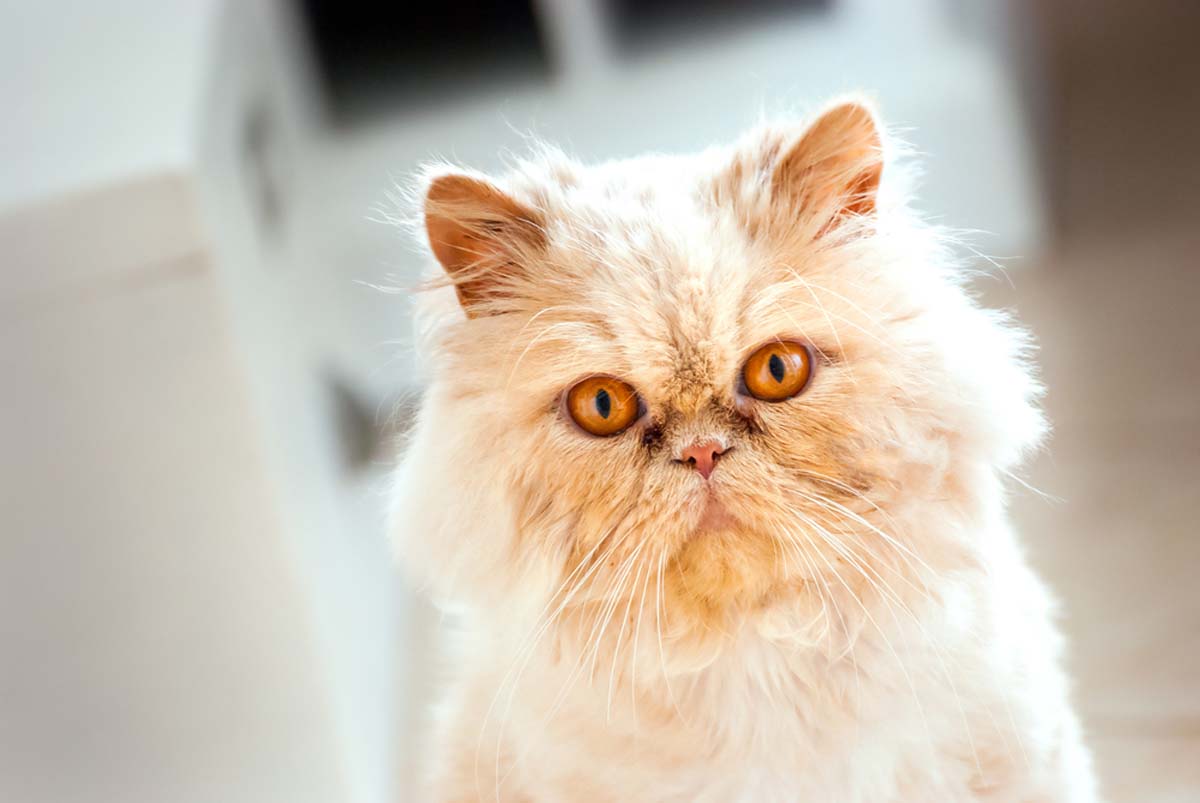
6. Siamese
The Siamese cat has a very distinctive look: a long, slim, athletic body, with large, pricked ears and a long tail. They’re very active, vocal cats that demand a lot of attention.
The Siamese has a short coat, with a pale body and much darker face, tail, legs and ears. Originally, this was a cream body and dark brown points, but other breeds were introduced to the mix, widening the range of colours.
Their eyes are always blue, whatever the colour or pattern of their coat.
Siamese cats can be prone to the following conditions:
- Renal failure - this is an issue with their kidneys
- Skin disorders
- Mediastinal lymphoma - this is a type of cancer which builds fluid around the lungs and causes breathing problems
- Asthma - symptoms include coughing and difficulty breathing
- Eye problems - including progressive retinal atrophy
- Hip dysplasia
- Systemic amyloidosis - this can lead to liver or kidney failure
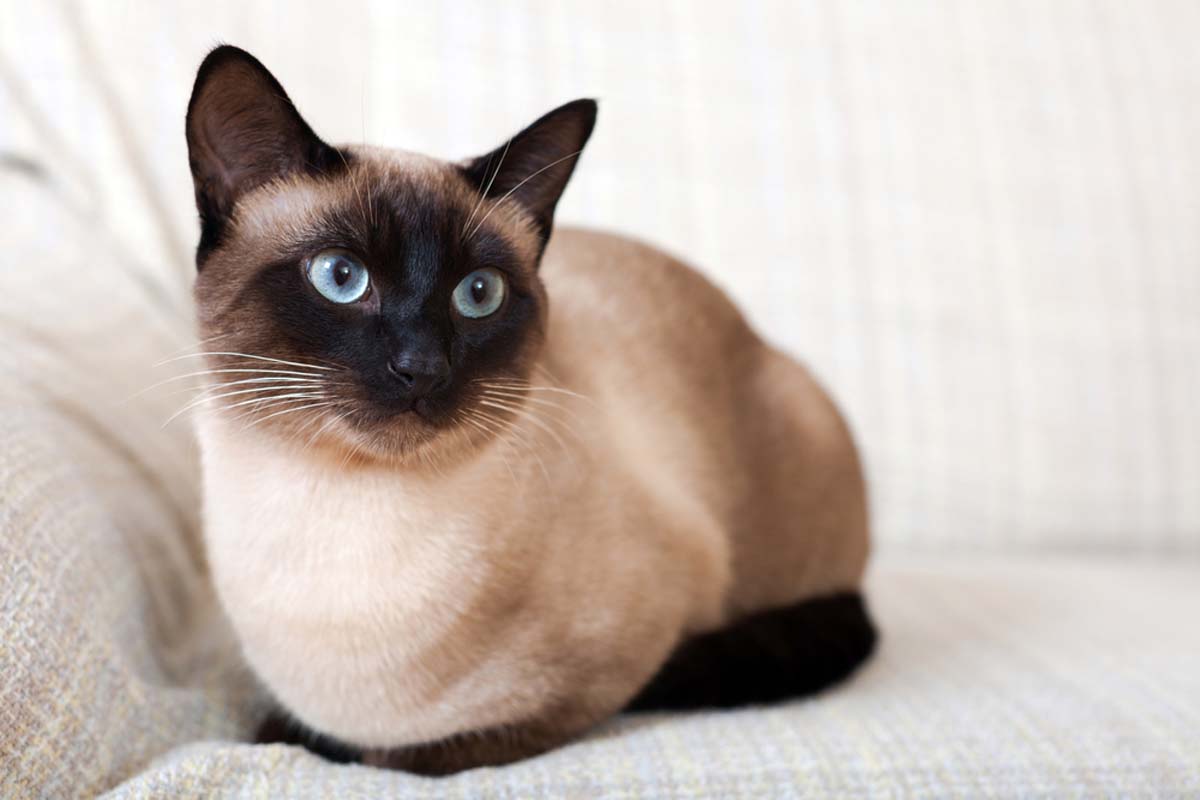
7. Exotic Shorthair
The Exotic Shorthair came about from selective breeding of the American Shorthair and the Persian to develop a cat that was exactly like the Persian in every way other than its coat.
The coat of the Exotic Shorthair is much easier to look after than the Persian, while still coming in a huge range of colours and patterns.
This breed has the same gentle and affectionate personality as the Persian without being as energetic as other shorthaired breeds. The Exotic Shorthair is perfectly happy to be at home by itself.
Exotic Shorthairs can be prone to:
- Urinary disorders
- Breathing problems
- Excessively watery eyes, leading to skin rashes and sores
- Eye disease
- Polycystic kidney disease (PKD)
Keeping your pets healthy
If you're worried your cat may have any of these illnesses, take them to the vet as soon as possible.
They'll be able to give you the right advice and treatment options based on your pet's needs.
